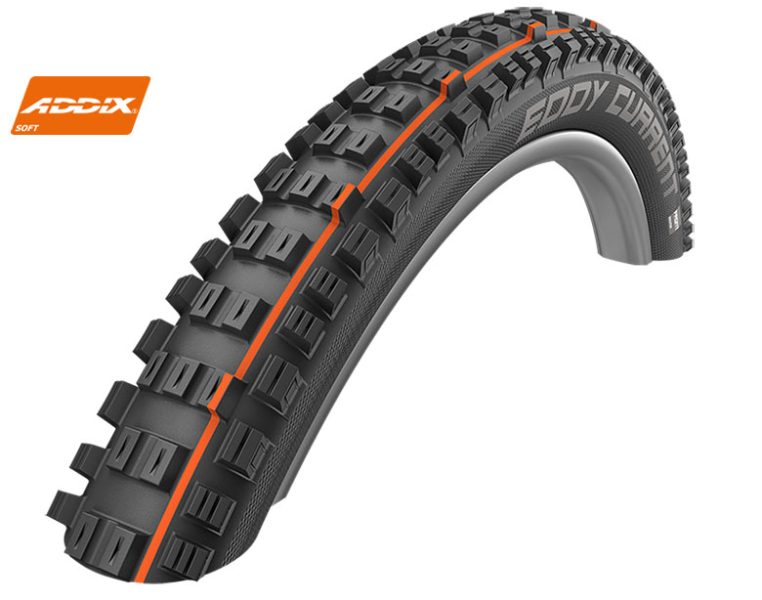Motorcycle mechanics: changing the coolant
The coolant is used to cool the engine and also to protect it from internal corrosion, to lubricate the circuit (in particular the water pump) and, of course, to withstand very low temperatures. With age, the liquid loses its quality. It should be replaced every 2-3 years.
Difficult level: not easy
Equipment
– Coolant based on ethylene glycol.
- Pool.
- Funnel.
Not to do
- Be content with adding pure antifreeze directly to the radiator without draining it completely. This is a temporary troubleshooting solution.
1- Check the quality of antifreeze
In general, manufacturers recommend replacing the coolant every 2 years. After three years or 40 km (for example), its anti-corrosion and lubricating properties - and especially its antifreeze - become weak, even completely absent. Like water, a liquid expands in volume with unshakable physical strength when it freezes. This can crack the hoses, the radiator, and even split the metal of the engine (cylinder head or cylinder block), making it unusable. If you don't know the age of the coolant, you change it. If you want to be sure, check its antifreeze performance with a hydrometer. The liquid is taken directly from the radiator using a density meter bulb. It has a graduated float that directly tells you the temperature at which your liquid will freeze.
2- Don't skimp on fluid quality
Choose a good new fluid. Its properties (in particular, antifreeze and anti-corrosion) must be clearly indicated on the container. The purchase price is directly related to them. You can buy ready-made coolant in a can, or you can prepare new coolant yourself by mixing the correct proportion of pure antifreeze with deionized water (like for an iron), because the tap water is limestone and therefore calcifies the chain. For those rare owners of motorcycles with a magnesium crankcase, a special fluid is needed, otherwise the magnesium will be attacked and become porous.
3- Open the radiator cap.
As shown in the illustration, fluid is in the engine, radiator, hoses, water pump, and expansion tank. The radiator cap is open when the engine is cold. Not to be confused with the expansion tank cap, which is designed to add fluid even with a very hot engine. The radiator filler cap is not always located on the radiator itself, but is directly connected to it. The cap is unscrewed in two recesses. The first notch releases any internal pressure. The passage of the second allows you to remove the plug. Thus, the fluid flow is faster. Note that the easily accessible radiator covers have a small side safety screw that must be removed to open the cover.
4- Drain the water completely
The drain hole of the cooling circuit is usually located on the water pump, closer to the bottom of its cover (photo 4a, below). Other drain holes are sometimes found on the engine block of some motorcycles. On other machines, you may have to loosen the clamp and remove the large bottom water hose because it is under the water pump. Find out more in the technical manual or from your rider. Place a basin under the drain plug. Unscrew and drain completely (photo 4b, opposite). After making sure that the small gasket is in good condition (photo 4c, below), close the drain screw (s) (no great effort required). The coolant in the expansion tank is no longer new, but since its volume is small and it is here that the new fluid returns to its normal state, there is no need to replace it.
5- Fill the radiator
Fill the cooling circuit with a funnel (photo 5a below). Fill the radiator slowly as liquid enters the circuit, displacing air. If you go too fast, air bubbles will cause the liquid to come back and splatter. Air can remain trapped in one of the meanders of the circuit. Take the lowest flexible hose with your hand and pump it by pressing on it (photo 5b, opposite). This forces the fluid to circulate and displace air bubbles. Top up the cap. If you can, don't close it. Start the engine, let it run a little at 3 or 4 rpm. The pump circulates water, which displaces air. Complete and close forever.
6- Finish filling
Fill the expansion tank to the maximum level, nothing more. Warm up the engine once and then let it cool completely. The level of the vase may fall. Indeed, the hot liquid circulated everywhere, any remaining air was expanded and discharged through the expansion tank. During cooling, the internal vacuum of the circuit sucked the required volume of liquid into the vessel. Add fluid and close the lid.
Attached file is missing


One comment
Mojtaba Rahmi CB 1300 model 2011
How do I check the radiator water? Do I have to open the engine tank to get to the engine radiator tank door? Thank you for your help.